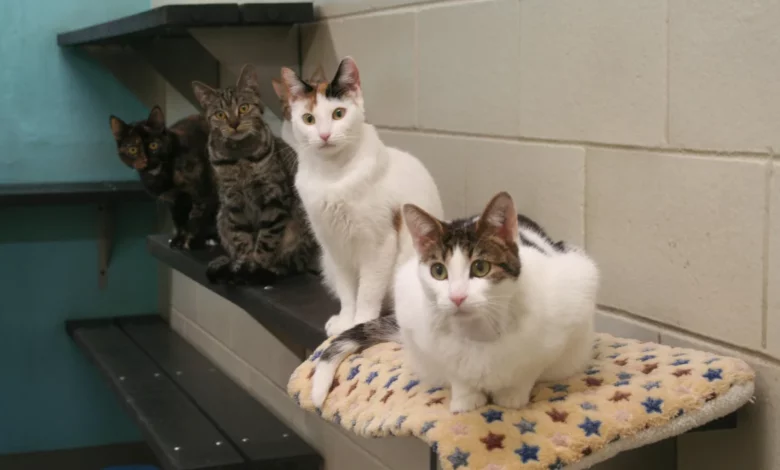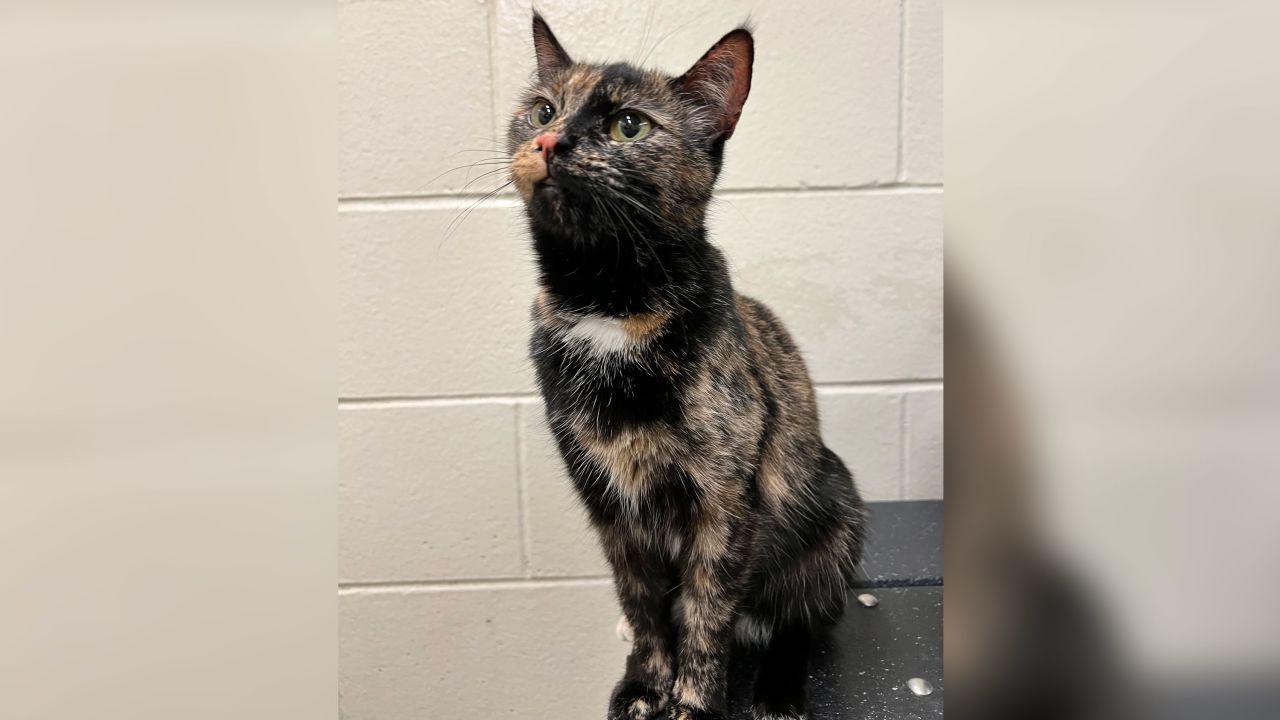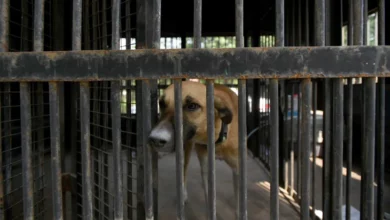
Spaying and neutering cats helps prevent homeless kittens and overcrowded animal shelters. Curbing feral cat populations also reduces the risk of these animals preying on wild animals, such as birds, small mammals and reptiles. Now, scientists have announced a potential new method of feline contraception that’s shown early promise: long-lasting contraceptive injections that prevent ovulation.
The impetus for the proof-of-concept study “was really to address the cat and dog overpopulation issue and the euthanasia of a lot of these animals in shelters,” said Dr. Bill Swanson, director of animal research at the Cincinnati Zoo & Botanical Garden and a co-senior and corresponding author of the study published Tuesday in the journal Nature Communications. “The best way to avoid euthanasia is not to have all these animals that don’t have homes.”
The journey to the potential new feline contraceptive method began with a discovery in the laboratory of Dr. David Pépin, an associate professor at Harvard Medical School and a molecular biologist at Massachusetts General Hospital in Boston. He and his colleagues were studying a hormone present in ovarian follicles, the layer of cells around a mammalian egg cell that nurtures its growth. To learn more about the hormone’s function, the research team injected female mice with the gene that produces it, essentially giving the mice an extra dose of the naturally occurring hormone.
“Much to our surprise, it essentially shut down most ovarian activity in rodents and made them completely infertile,” said Pépin, who was also a co-senior and corresponding author on the new study. “We thought, well, this is a very interesting tool, but what can we use it for?”
Pépin and his colleagues learned about the the Los Angeles-based nonprofit Michelson Found Animals Foundation, which supports the development of nonsurgical contraceptives for cats and dogs. “We had a tool that we knew worked in rodents, and potentially could work in these species. So it was just a matter of applying this to a new species,” Pépin said. “That’s what led us to start collaborating with Bill (Swanson).”
The Cincinnati Zoo, Swanson says, is home to the widest array of wild cats in North America, including lions, tigers and tiny sand cats. Behind the scenes, more familiar felines call the zoo home: a research colony of around 45 domestic cats.
“Most of them are animals that we’re using for either this study or related studies with the Michelson Found Animals Foundation,” Swanson said. “We also do a fair amount of research into cat welfare. We’re working with shelters and trying to figure out the best way to manage cats to get them to be less stressed and more healthy and more adoptable.”
For the contraception study, the scientists worked with nine female cats, which all had names inspired by former US first ladies: Michelle, Betty, Abigail, Nancy, Dolly, Barbara, Rosalyn, Jacque and Mary. Three cats were a control group, while six received injections of the gene of the hormone in question, hitched to a mild virus. The virus makes its way to the muscle cells, which are extremely long-lived.

“Then, basically, the DNA will just float around,” Swanson said. And since muscle cells last so long without being replaced, the gene sticks around, too.
The cats’ genomes remained unaltered by the addition of this gene. “We’re basically introducing the blueprint to make a protein, and it’s not incorporated into the animal’s DNA,” Pépin said.
But the gene does cause the cats’ bodies to make the hormone that prevents ovarian follicle development. Without the maturation of these cells around the egg, the cats don’t ovulate and thus can’t get pregnant.
The researchers monitored hormone levels in the cats’ urine and feces three times a week for two years, and they found elevated levels of the hormone in question more than two years after the injection. To test if those elevated hormone levels would actually prevent pregnancy, though, the scientists brought in two male cats. The three control-group cats all became pregnant, but none of the six cats in the experimental group did.
While these early findings show promise as a new means of cat contraception, Swanson noted, cat owners will have to be patient, as it will likely take several years for the procedure to gain the necessary approvals to become available in veterinary offices, as well as for the injections to be manufactured.
“We are very optimistic that this is going to be a useful product and we’ll eventually have it approved and available, but it’s not going to happen in the next year or two,” he said.
Less invasive procedure
Dr. Pierre Comizzoli, a senior program officer for science and research biologist at the Smithsonian’s National Zoo and Conservation Biology Institute who was not involved with the new study, is hopeful about the preliminary results, especially the relatively noninvasive nature of the procedure and more limited side effects.
“It’s highly significant. It’s also highly innovative,” he said. “Of course, the number of cats they used for the study is still limited, but those are very encouraging results.”

Meanwhile, the first lady cats from the study are looking for loving homes in the Cincinnati area, where their new owners can bring them back to the zoo for yearly checkups to study their hormone levels over time and monitor for any side effects.
“We’re really focused on adopting these cats out,” said Swanson, who’s adopted three cats from earlier studies. “We want them to have nice homes to live in after they’ve done so much work for us, getting us this important data.”
Kate Golembiewski is a freelance science writer based in Chicago who geeks out about zoology, thermodynamics and death. She hosts the comedy talk show “A Scientist Walks Into a Bar.”




